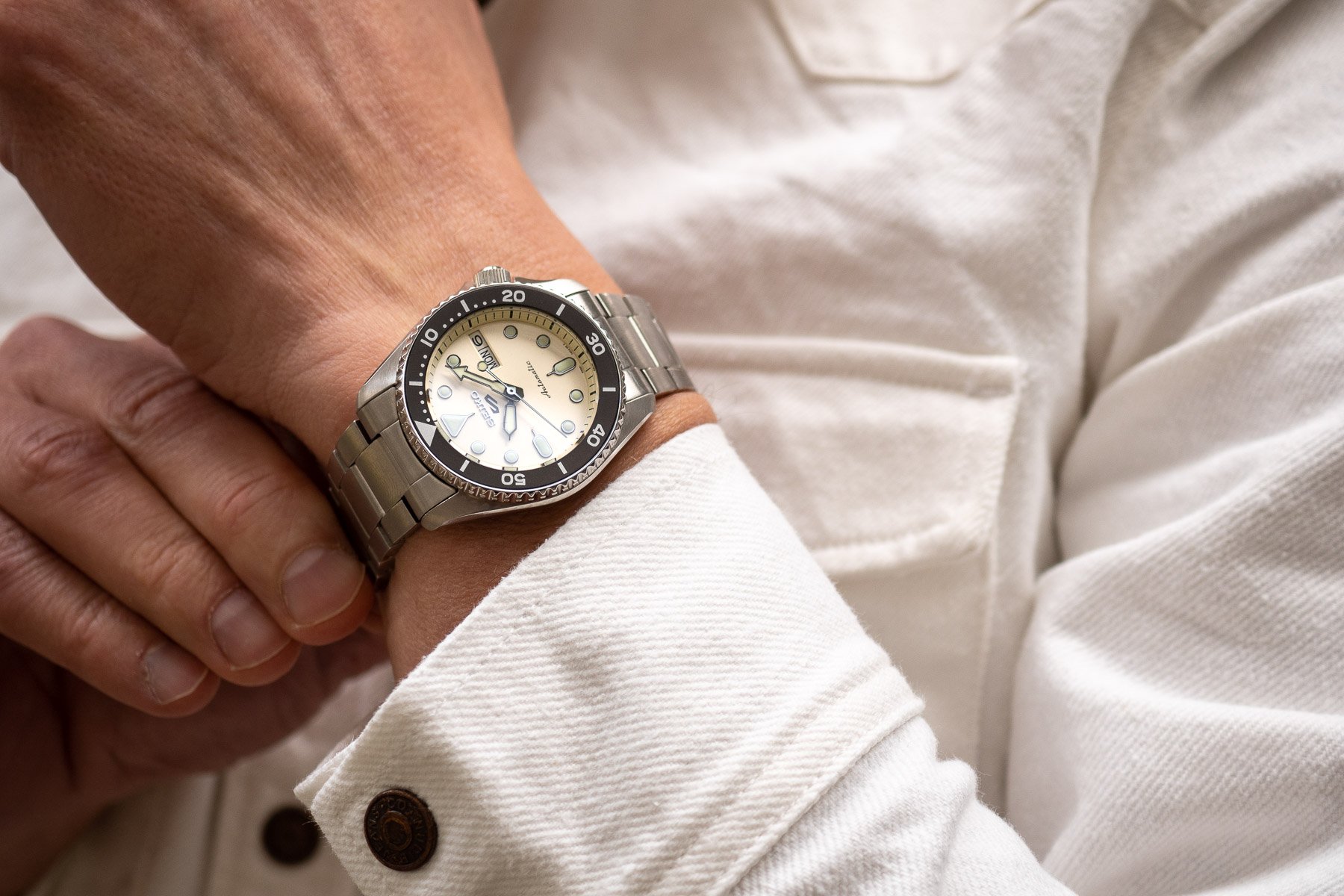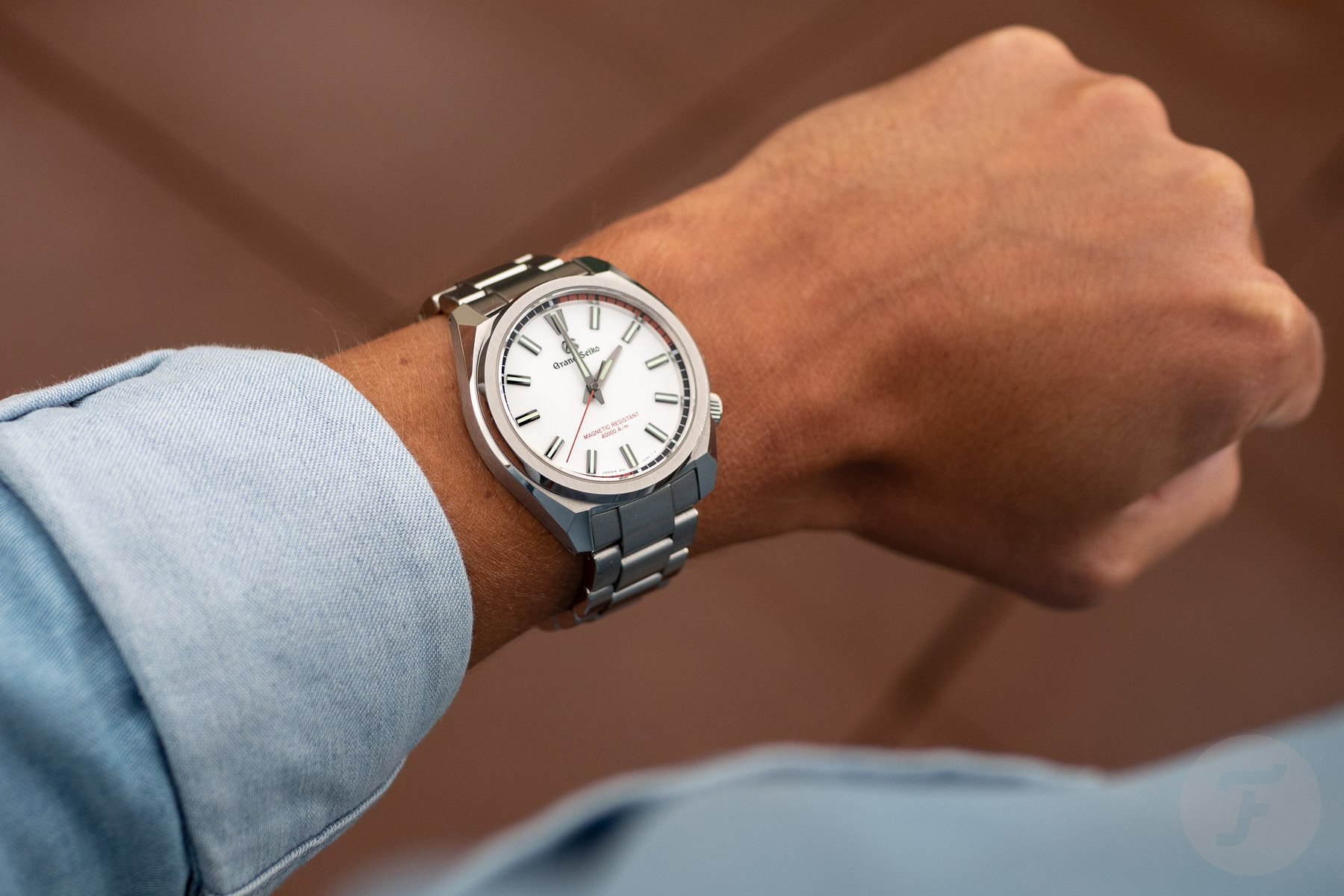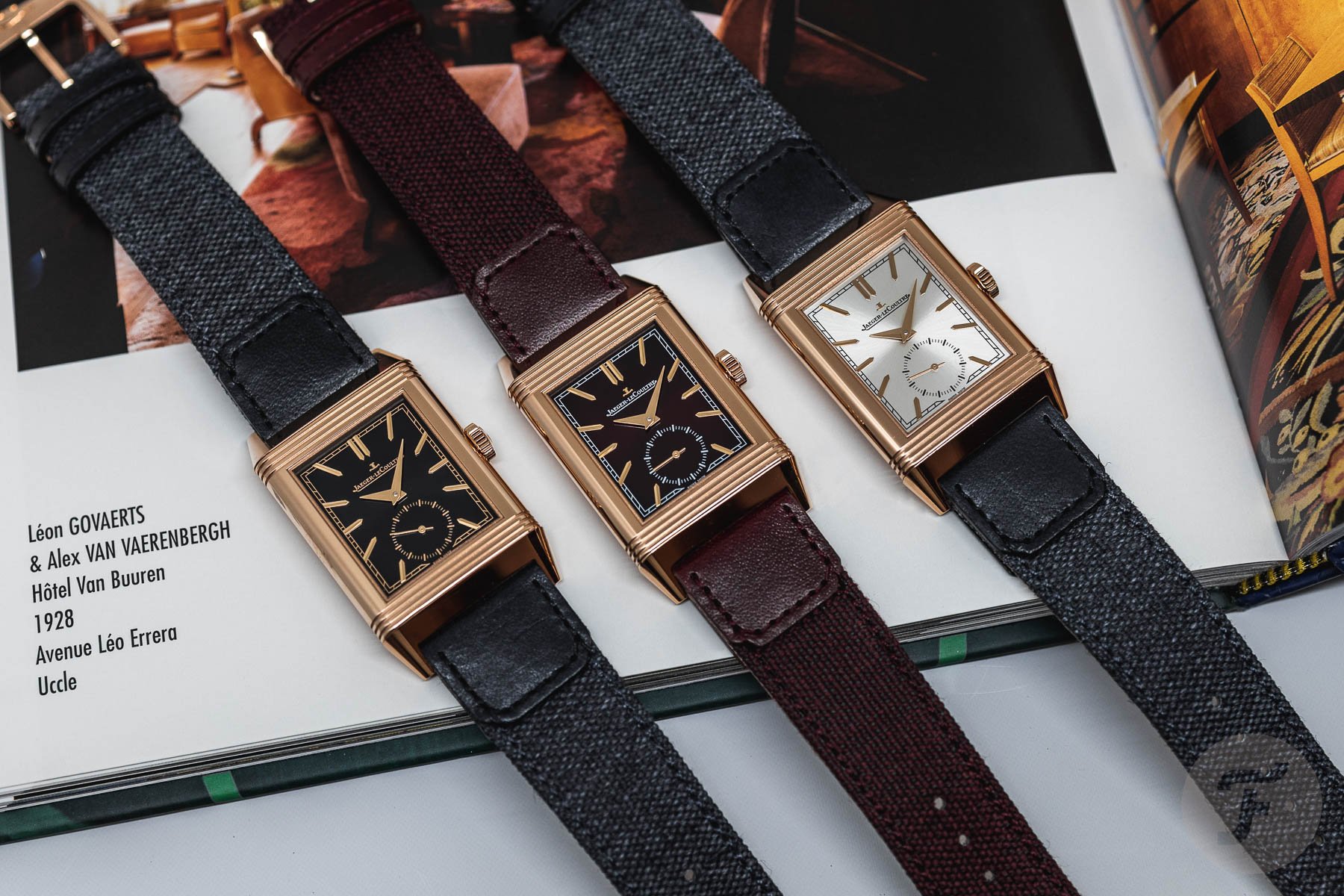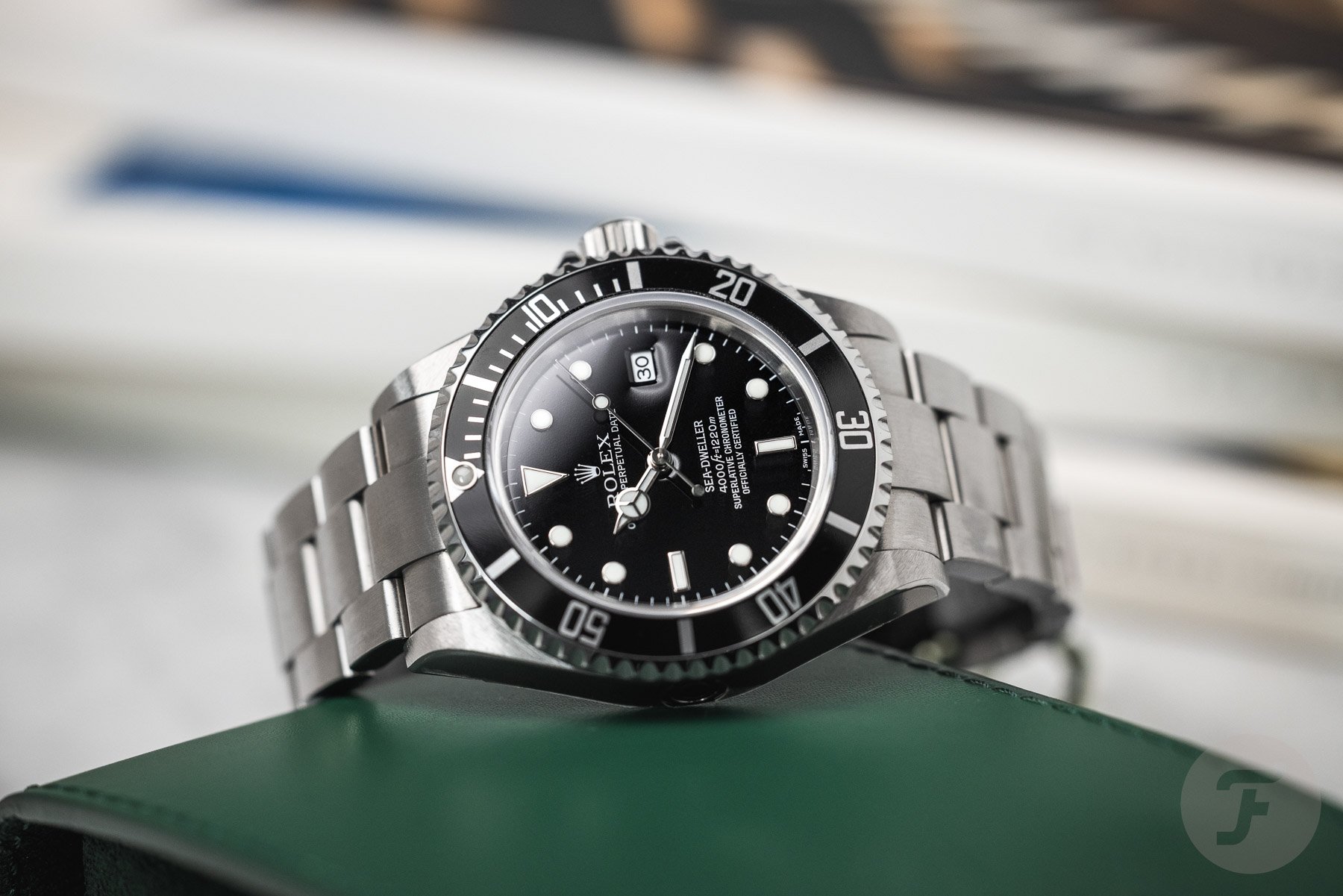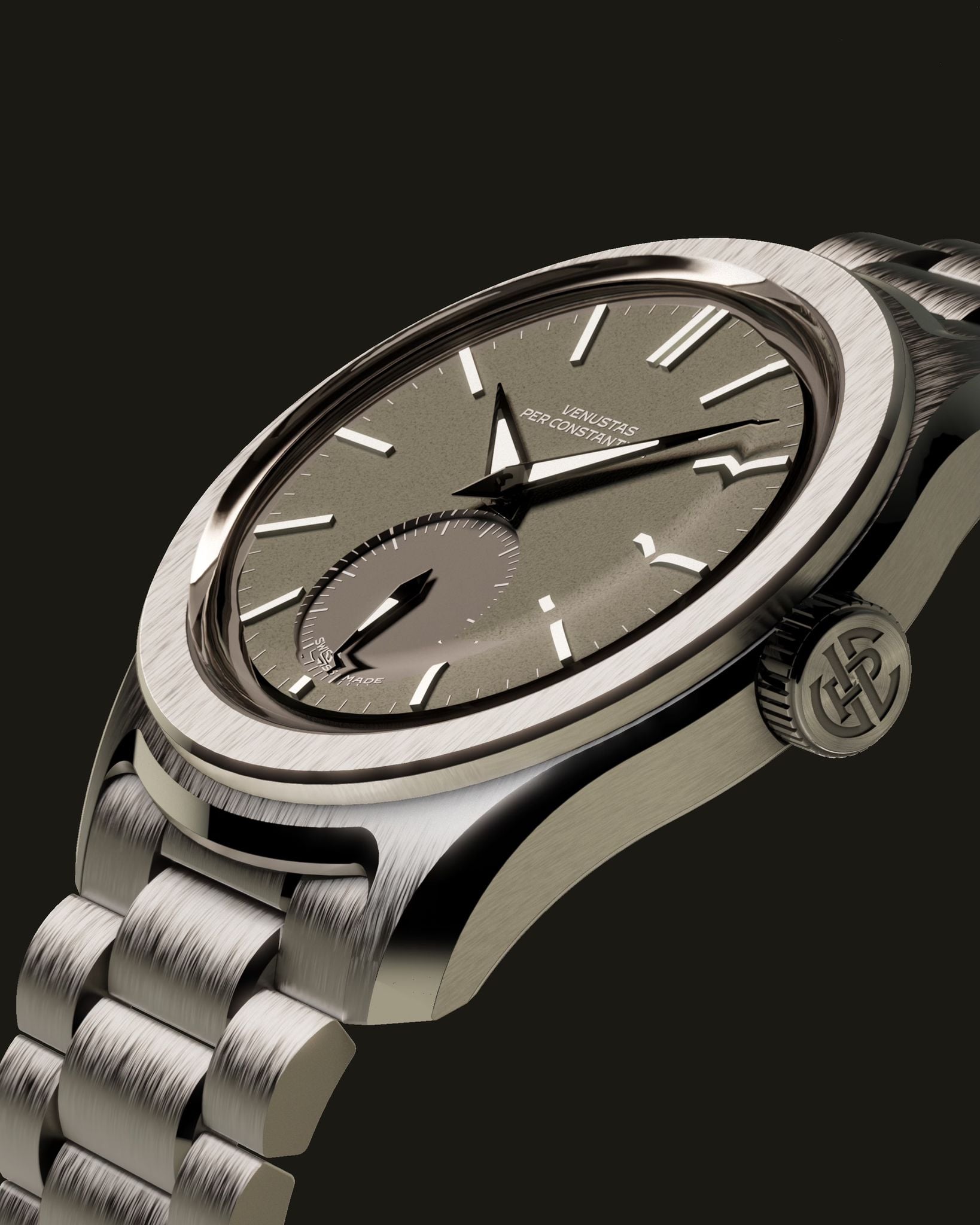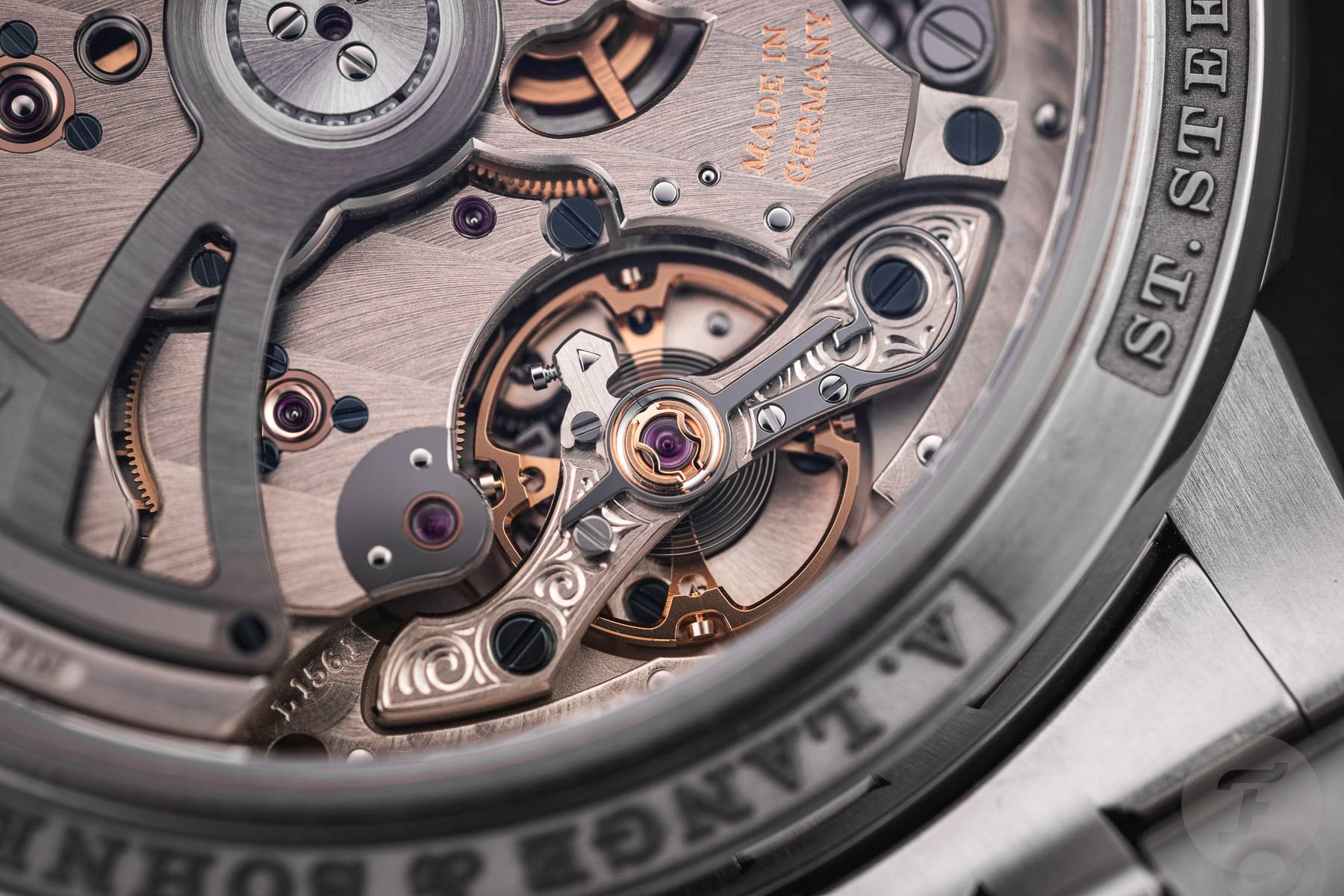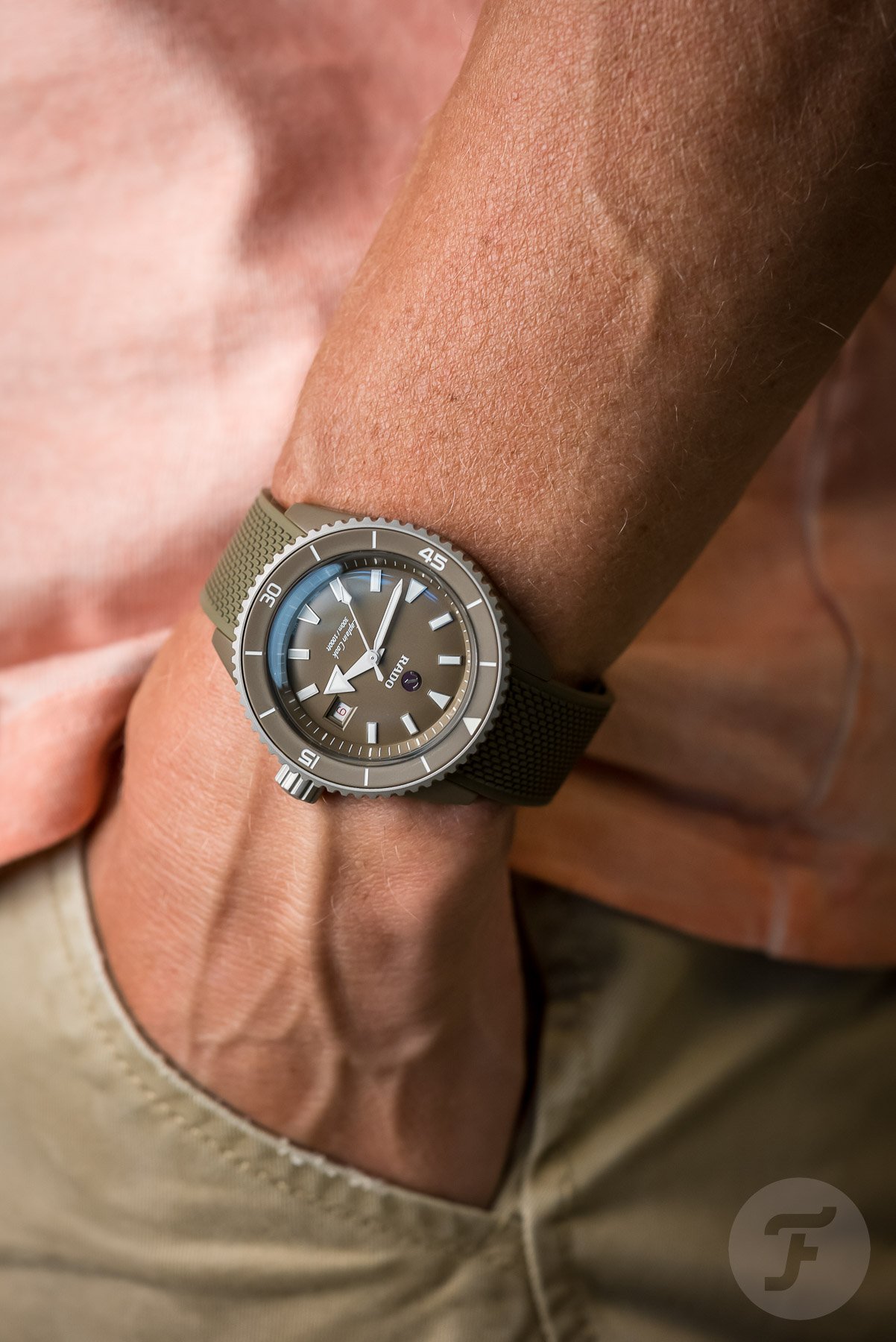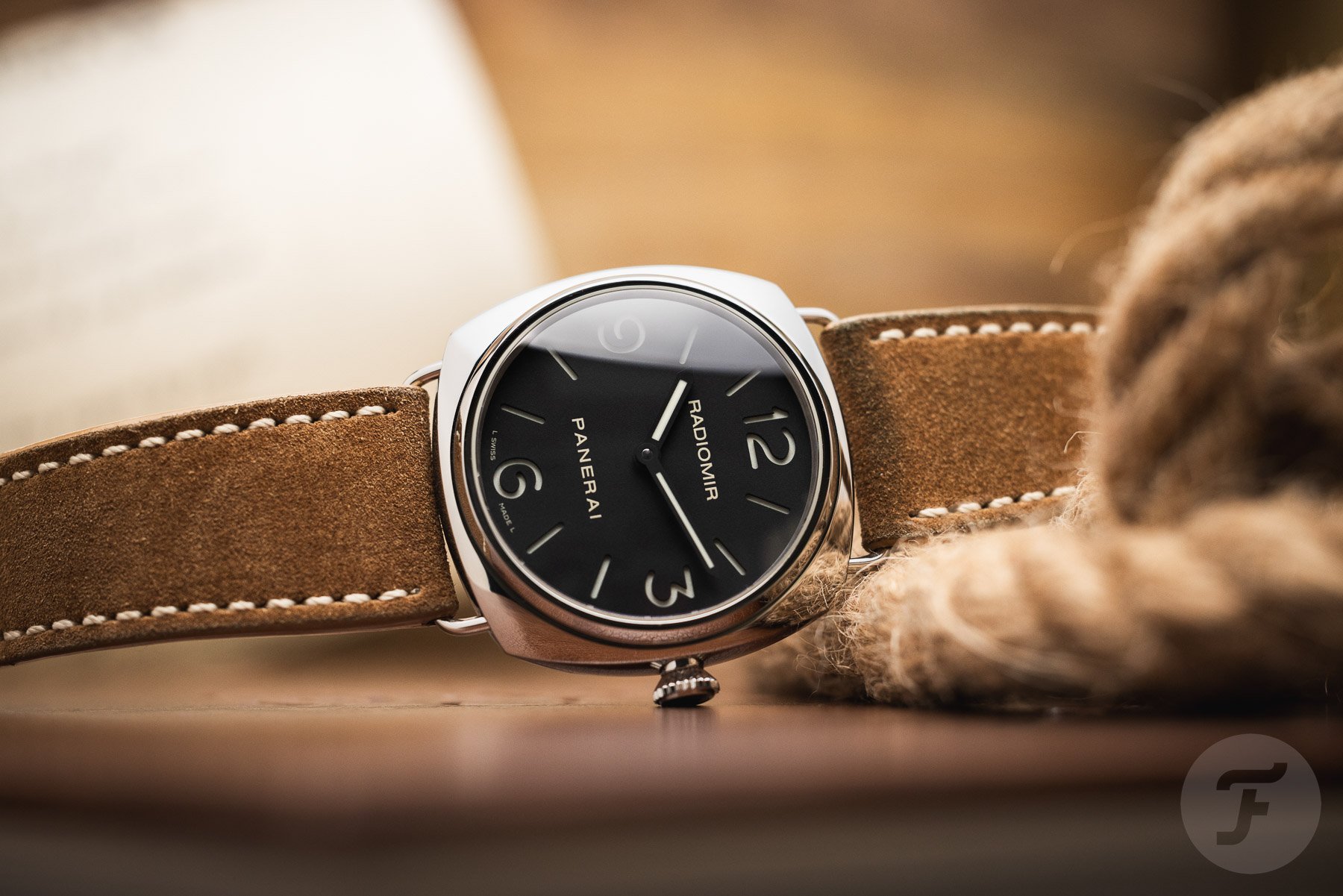Back To Basics: Why Are Mechanical Watches So Expensive?
I have the honor of kicking off a new series of articles on Fratello. This is Back to Basics, a series intended to explain the fundamentals of our hobby. The content covered may be familiar, even obvious, if you are a horological veteran. But with the watch passion spreading and attracting new people every day, this is our way of welcoming newcomers. In this first installment, I will cover the basic question: why are mechanical watches so expensive?
Ironically, that isn’t actually such a basic question. Or, at least, it is one with a rather complicated answer. I do see why Nacho assigned this topic to me, though, as I have spent the past year developing a watch of my own. As a result, I know a thing or two about the costs involved and the structure of retail prices. So, without further ado, let’s go back to basics and ask ourselves: why are mechanical watches so expensive?
Why are mechanical watches so expensive?
To put it simply, they don’t have to be. There is no physical reason why a mechanical watch must be expensive. That’s why you will find perfectly functional mechanical watches in the sub-€100 price range. If you want something from a big mainstream brand, as little as €169 buys you an automatic Seiko 5 here in the Netherlands. The diver’s-style version above (ref. SRPK31) retails for €350. I know it is all relative, but we can hardly call that expensive within the realm of watches.
That raises the question: why do other mechanical watches cost thousands? Are they better? And what does “better” even mean when comparing mechanical watches? I vividly remember when I first started looking into “real watches,” I expected them to be significantly more accurate than “battery watches.” I also remember being shocked to find out they were significantly less so. Are more expensive examples more accurate? Well, yes. But that doesn’t make them hundreds of times more costly to make. So what is it, then?
A watch doesn’t instantly become very expensive when you move from a battery-powered movement to a mechanical one. We already know that companies can produce perfectly affordable mechanical watches. Equally, they can make very expensive battery-powered watches. More costly watches, however, do often tend to be mechanical. This doesn’t bring us much closer to an answer, though. Let’s see if we can dissect it a little more.
Are mechanical watches expensive because of margins?
Luxury watches are, with some exceptions, high-margin products. This topic has been hotly debated in recent times as big brands piled price hikes on top of each other. There are many reasons why they did so, but in some cases, specific models got 30% more expensive in just one or two years. For many aficionados, that was a bit much to stomach. Even before those increases, many brands already operated at rather large margins.
There are certainly watches out there that are overpriced for what they are. Some brands also notoriously ask for sums that aren’t backed by the watches. This doesn’t mean, however, that there is no real reason why one watch is much more expensive than another. This is also not specific to the watch market. As in any luxury industry, some products offer value for money, and some don’t. In some cases, the price is precisely what makes it luxurious. After all, these are Veblen goods.
I feel I would be remiss not to mention this. But it is overly cynical to take this as the primary reason why many mechanical watches are expensive. There is substance to it, and there are valid reasons why certain watches are more expensive than others. Let’s leave this part behind us and hone in on the technical side of it.
Sourcing versus DIY
For starters, it is crucial to realize that, historically, the watch industry is not vertically integrated. This means most watch brands source subassemblies and parts from specialist suppliers. Some watch brands do no manufacturing or assembly at all, outsourcing all of it. Others are fully vertically integrated, taking in raw materials and spitting out complete watches.
The latter method tends to lead to more expensive watches. It is simply more costly for a brand to develop and produce everything in-house. There is also some prestige in a brand developing and manufacturing its own movements. Such movements are called “in-house” or “manufacture.” The attraction here is that the movement represents the brand’s unique philosophy and horological prowess. Unfortunately, many brands try to hitch a ride on this desirability by pretending to produce in-house calibers when they don’t. That is a can of worms that I will not open here. Our own RJ has written more comprehensively about it before.
Don’t think that there are only fully externally sourced and in-house-produced watches. It is a spectrum with most brands operating away from the extremes. On the one extreme, we find brands that “compile” watches from generic catalog parts. On the other extreme, brands do everything in-house, down to machining every single screw and even manufacturing hairsprings. As you can imagine, this has a massive impact on the cost of a watch.
More customization leads to a more expensive watch
To illustrate the point, let me bring it down to the microbrand sector for a moment. After all, that is where I gained my recent insight into watch prices. What many people don’t realize is that many microbrand watches (and mainstream-brand watches too) are largely made up of catalog parts. Hands, indices, crowns, bezel inserts, whole dials, bracelets, end links, and clasps are taken off the shelf rather than custom-made for a specific watch. Those parts are manufactured by the tens of thousands in huge factories.
For my watch, I opted to minimize the number of generic parts because I wanted more control over the aesthetics and quality. Except for a few seals, the ébauche caliber, and the customized clasp, there are no generic parts on my watch. Everything, including the steel bracelet, is produced to my spec. That means I pay for design, development, and tooling. And that is extremely expensive, especially at the tiny volumes I can sell.
The result is that my watch may end up being two or three times more expensive than microbrand watches that look on paper/the spec sheet. In my eyes, the refinement it adds is easily worth it. However, I fully understand that it takes a well-trained eye to spot and appreciate it. So, is my watch worth it? Well, only to those who care about such details. On the other hand, my low overhead and direct-to-consumer model means that I compare favorably to many big brands that operate on several times my margins. You see? This basic question has a not-so-basic answer.
Handwork makes watches exponentially more expensive
Moving away from microbrands and my adventures; handwork is another major contributor to watches being expensive. More specifically, craftsmanship gets expensive quickly. As you move into higher-end watchmaking, you see less machine work and more skilled labor. At Fratello, we get to visit watch manufactures at times, and it never ceases to amaze me how many people are working on the watches.
In part, this is because watchmaking is less of an exact science than one might think. Master watchmakers have an intuitive feel for the moving parts in your watch. It takes a ton of skill, training, and experience to know how to dial in the different elements to get them ticking just right. If a perfect machine made a perfect caliber, it wouldn’t run. It is in the tiny imperfections and margins that a watch’s movement can be tuned to run smoothly. This is the exponential difference between cheap, mass-produced mechanical watches and high-end ones. It is the law of diminishing returns. Making a 10% more accurate watch movement may triple the required effort.
And then there is the decorative side of the equation. Crafts like engine-turning dials, adding chamfers to caliber plates, engraving, and so on all take loads of time from people with decades of experience.
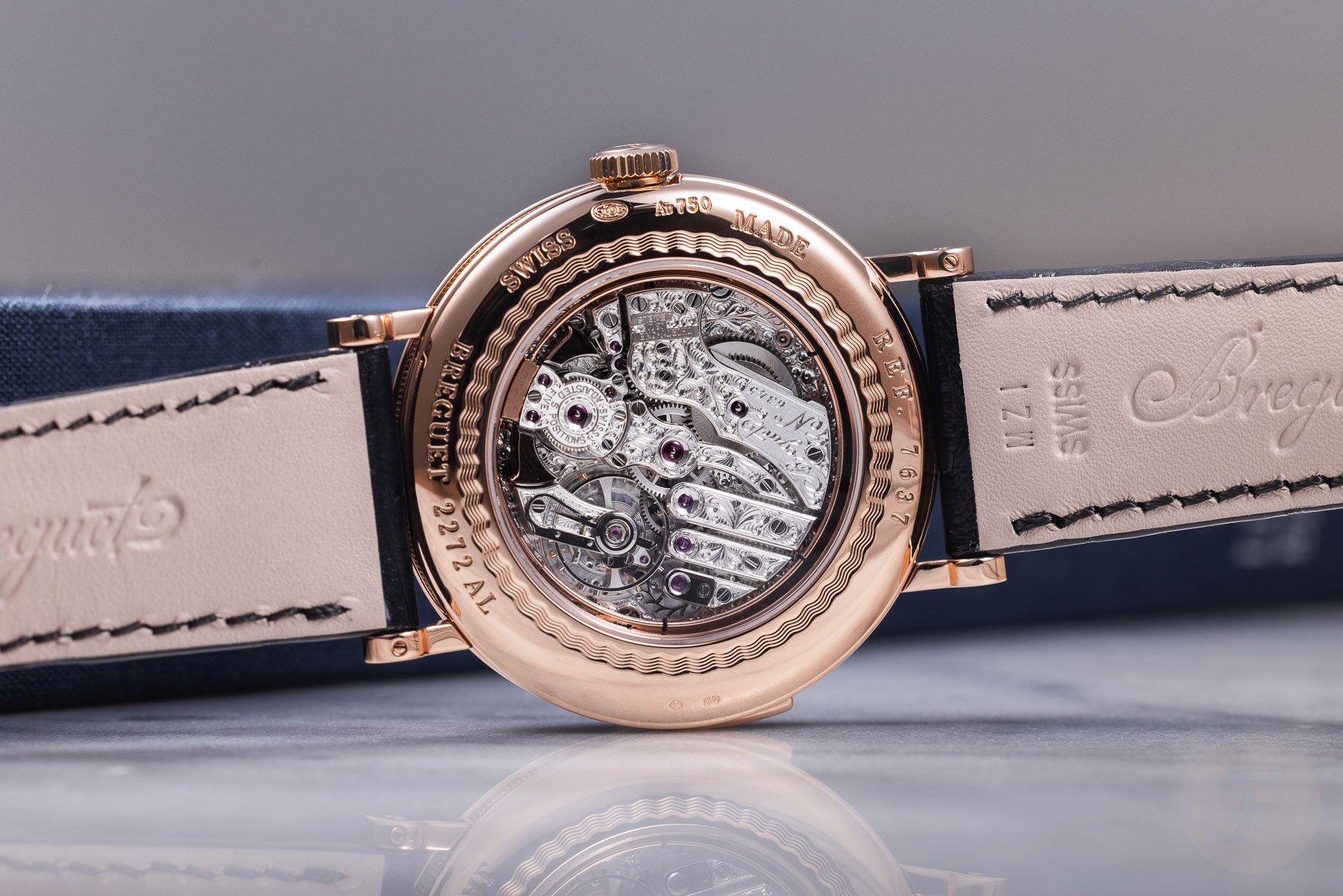
A watch like this Breguet ref. 7637 isn’t expensive because of the materials but, rather, the craftsmanship
Watches don’t tend to be expensive because of materials, but they can be
Elon Musk famously coined the term “idiot index.” In his efforts to make space travel and electric cars affordable, he uses the ratio between the costs of raw materials and the final part. For example, if a part of a rocket is milled out of €5 of material but ends up costing €50 to produce, it has an idiot index of 10. Now, watches certainly have rather big idiot indices, but that is precisely the charm. A luxury watch is about how much care and attention can go into a physical object, not about how efficiently a person or company can produce it.
Generally speaking, trying to justify a watch’s cost through its materials doesn’t work very well. You only have to look at gold watches to see this. Granted, you have to account for small-batch production and some adaptations in the process. But still, if you take the actual weight of the gold and add it to the steel version’s price, you don’t end up at the average gold watch’s price. A watch that contains €4,000 of gold can easily be priced at a €15,000 premium over its steel siblings. Then again, what would you expect? That the brand would add the expensive material and not include it in the markup? That wouldn’t make much economic sense, would it?
There are some exceptions. If you look at Rado’s facilities for creating ceramic cases, you can only be left deeply impressed. They are extremely difficult and expensive to produce, and the brand does it all in-house. When comparing Rado’s prices with competing ceramic watches that are just sourced from a specialist, they are very fairly priced. Generally speaking, though, the value of a watch isn’t in its materials.
Are mechanical watches so expensive because of branding?
How about a completely intangible element such as branding? Some watch brands, such as Rolex, are among the most valuable and recognized brands in the world. Surely, that leads to more expensive watches? Well, yes, of course.
Building such brand awareness is a costly affair, so naturally, it becomes part of the price of a watch. It is not all bad news, though. Perhaps you want people to recognize your luxury watch. That doesn’t happen without branding and marketing. But also, it can help your watch retain value over time. So you may pay extra, but then that premium may be retained in the watch a little better if such things matter to you.
Closing thoughts
As you can see, there isn’t one specific reason why one watch is more expensive than another. There are tons of variables at play, and frankly, many are unknowable to the average consumer. It is good to realize that what you value is completely personal. You may enjoy watches for their design, or perhaps you enjoy fine craftsmanship and decoration. Maybe you want one because of the status it may provide or convey. Whatever it is, it determines what a watch is worth to you.
There is a sub-culture within the watch world that prioritizes value in a technical sense. People like this will compare prices and spec sheets in an effort to put some sort of objective standard on what a watch is worth. In my eyes, that is a very one-dimensional approach that doesn’t do justice to many of the subtleties that go into fine watchmaking. Granted, with some experience, you can develop an eye for quality. But that should, at the very least, include non-spec-sheet elements like machining and assembly quality, finishing, and tailor-made parts. This can get quite granular. For instance, is a handset merely stamped out and polished, or is it also chamfered and/or decorated with multiple surface finishes? If you want to get deeper into this, check out my article on why I think specs are overrated.
To give a personal example, my latest watch purchase was a Panerai Radiomir from the early 2000s. To be honest, technically, those watches are extremely simple and not expensive to produce, nor are they made of exotic materials. What I paid for it is, from that perspective, completely insane. To me, however, there is a unique value in its design. I love it for its looks and for the odd story of how those looks came about. In this sense, there is no substitute for it. It was either this PAM00210 or nothing. Is the watch expensive, then? Well, yes, but also no. It costs what I am willing to pay for it.

